Low-carbon, climate-resilient housing for communities
- Proposed areas of implementation
- Potential areas of implementation
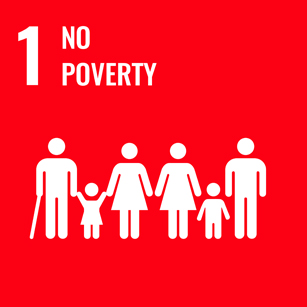
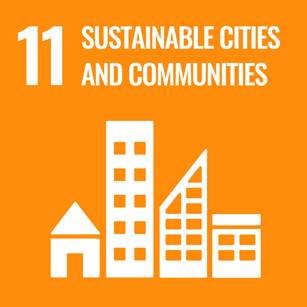

The increasing frequency and severity of extreme weather events and disasters in India, exacerbated by climate change, damages and destroys thousands of homes each year. The intensity and frequency of such extreme events are projected to only increase in the near future, thus exposing the vulnerability of communities to the devastating impacts of climate-related catastrophes. The issue is compounded by the use of sub-standard construction materials, which compromises the structural integrity of buildings and heightens the risks faced by communities, particularly in disaster-prone areas.
As India grapples with the urgent need for infrastructure development, the challenge lies in balancing the essential nature of housing with the imperative need to build resilience to the impacts of climate change, as well as mitigating greenhouse gas (GHG) emissions. Therefore, a comprehensive approach is required to address the housing needs of the most affected communities and integrate climate resilience, sustainable materials, and community empowerment into the equation.
In this context, Sustainable Environment and Ecological Development Society (SEEDS) proposes establishing a scalable model for low-carbon, climate-resilient housing in highly vulnerable climate zones. This model entails either rebuilding or retrofitting the homes of the most vulnerable populations, utilising sustainable materials. The project also encompasses the development of replicable approaches to expand the impact of resilient housing initiatives across various regions, facilitated by a central hub. This hub will consist of a prototype house constructed from climate-resilient materials; a marketplace offering locally available, sustainable, and quality materials; and a training center.
The project aims to enhance the availability and affordability of suitable materials for climate-resilient housing by leveraging local resources and promoting traditional building practices. It also aims to facilitate access to financial and technical assistance for procuring such materials. Recognising the significance of increasing community knowledge regarding sustainable construction materials and technologies in the context of disaster resilience, the project seeks to empower communities to make informed decisions regarding their housing needs through education and awareness initiatives.
By actively involving communities in the design, construction, and maintenance processes of their houses, the project aims to enhance community resilience to the impacts of climate change while fostering a sense of ownership and pride in their housing infrastructure.
Context
India ranks as the 7th most vulnerable country to the impacts of climate change worldwide. Out of the country’s 35 states and union territories, 27 are highly vulnerable to hydro-meteorological disasters. At the city level, India is home to 43 out of the 100 cities most susceptible to environmental disasters, including climate change. The Intergovernmental Panel on Climate Change (IPCC) predicts increased variability in temperature, rainfall, and occurrence of extreme events in India. Additionally, rising sea levels pose a significant threat, potentially submerging 12 coastal cities in the country by the end of the century.
The risks associated with climate change extend beyond environmental concerns and have profound socio-economic implications.
These risks disproportionately impact impoverished and vulnerable communities with limited adaptive capacities. In urban areas, Base of Pyramid (BoP) communities often reside in informal tenements within overcrowded slums, living in precarious structures that leave them exposed to heatwaves, floods, storm surges, and cyclones. These communities face additional challenges, such as limited access to basic services, occupational hazards, financial vulnerability, and socio-political marginalisation. Climate stresses exacerbate these challenges, including heatwaves, water scarcity, vector-borne diseases, air pollution, and floods. The scarcity of affordable housing in slums further complicates the issue, as information regarding the vulnerability of existing housing stock for urban poor areas is often incomplete or lacking, hindering effective solutions.
Moreover, the buildings and construction sector is highly energy-intensive. In India, the construction sector significantly contributes to the nation’s GDP while also generating approximately 22% of the country’s annual CO2 emissions. The projected increase in building floor area by 2050 will drive the demand for inherently emissions-intensive construction materials. The demand for cement and steel is expected to rise significantly, to support initiatives like Pradhan Mantri Awas Yojana, a national housing scheme aiming to provide affordable housing. However, the current approaches to housing construction often rely on energy-intensive materials, neglecting greener and cost-effective alternatives.
To address these challenges, it is crucial to evaluate modern building materials based on their energy intensity, resource consumption, recycling capabilities, and environmental impact. Promoting low-carbon building materials and climate-resilient housing for low-income vulnerable households can enhance adaptive capacity to climate change and help limit emissions, offering cost-effective and sustainable solutions in the long run. India can mitigate the impacts of climate change, improve socio-economic well-being, and contribute to global sustainability by adopting sustainable and energy-efficient building practices. Comprehensive strategies encompassing policies, capacity building, and awareness campaigns are necessary to encourage widespread adoption of low-carbon materials and realize their potential benefits. Involving communities in these discussions and planning processes is essential for achieving long-term sustainability. Through collaboration among the government, civil society, private sector, and local communities, India can lead the way in climate-resilient and sustainable rural housing.
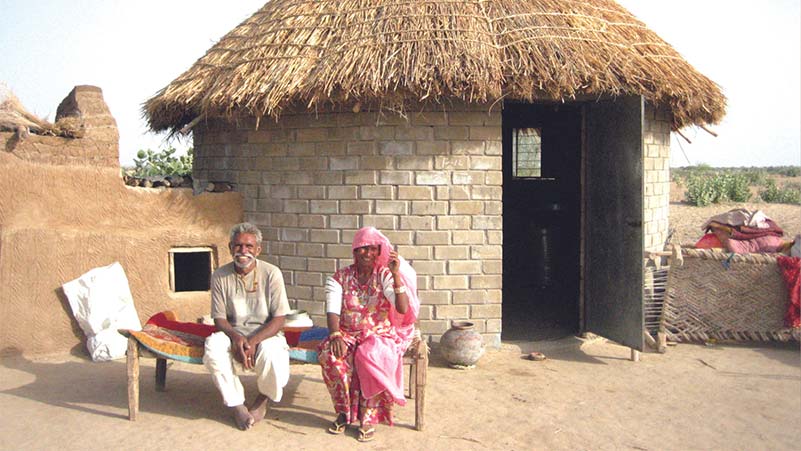
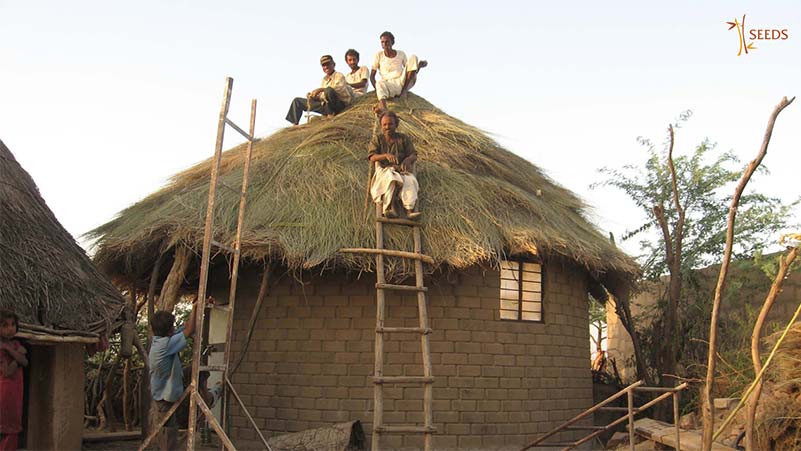
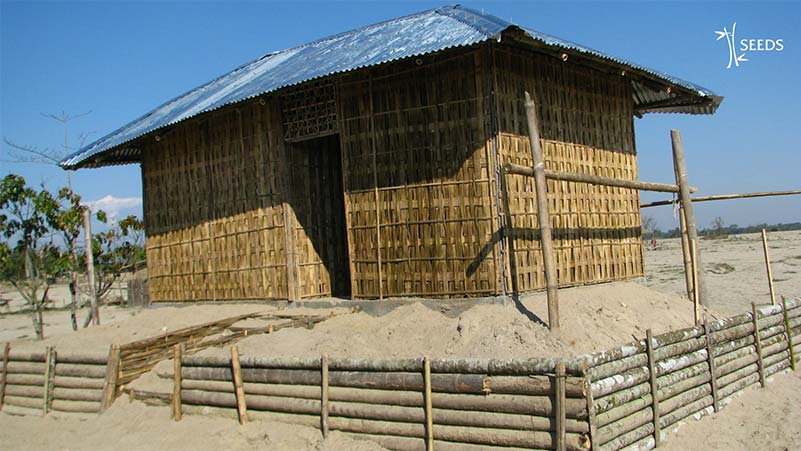
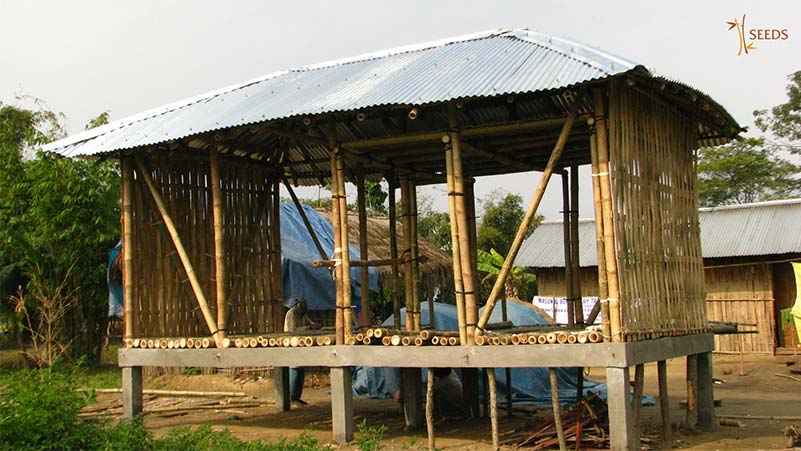
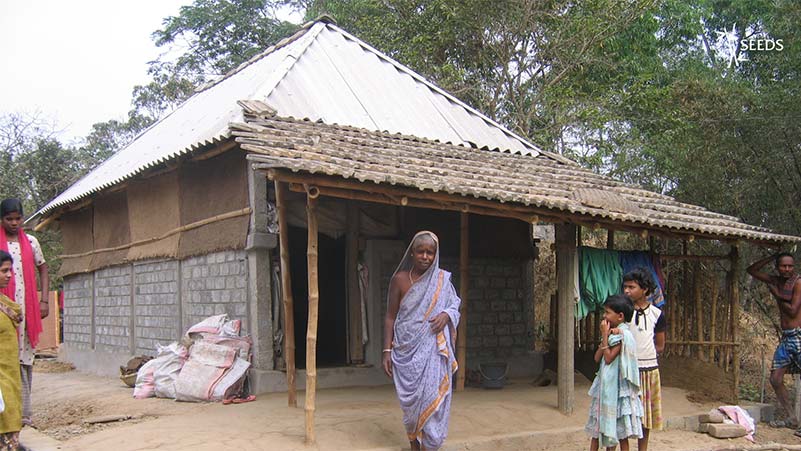


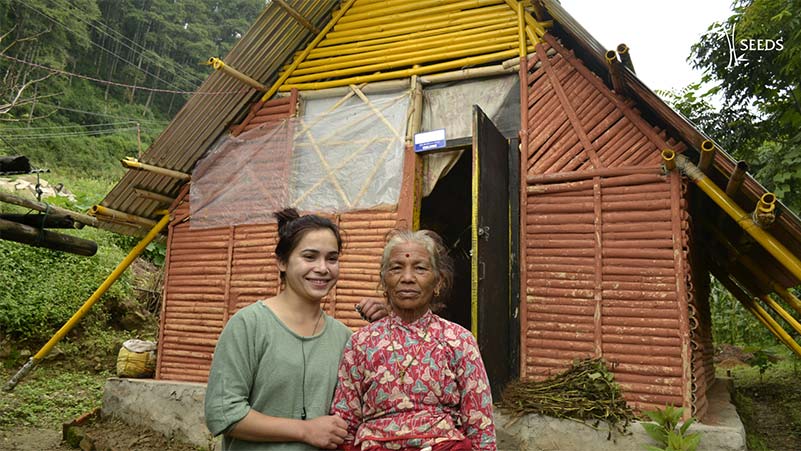
Problem statement
Every year, extreme weather events, including those influenced by climate change, significantly damage thousands of homes in India. The frequency of these extreme weather events is projected to rise manifold in the coming years. Regions such as Odisha and Assam are particularly vulnerable to these disasters, further exacerbated by climate change.
Located in eastern India, Odisha is highly vulnerable to erratic climate conditions due to its geographic location and related climatic factors. The state has a long history of experiencing floods, cyclones, and droughts, and the frequency of these events has increased since 1965, impacting previously unaffected regions. Approximately 26 districts in Odisha, with a population of nearly 36 million people, are exposed to extreme climate events such as cyclones, floods, and droughts. Coastal districts like Balasore, Ganjam, Kendrapara, and one of the proposed geographies for the project, Puri, are hotspots for cyclones, which have increased three-fold in the state between 1970 and 2019. Storm surges have also tripled during this period. Reports indicate a consistent rise in property loss resulting from climate change and disasters in Odisha.
Similarly, Assam faces high vulnerability to the impacts of climate change due to its geographic proximity to the delta region and poor socio-economic circumstances. It is considered the most climate-vulnerable state in India, with four out of the five districts most vulnerable to extreme floods. These districts, namely Dhemaji, Dhubri, Dibrugarh, and Lakhimpur, have experienced a significant increase in the frequency of flood events since 2010. On average, Assam incurs around 200 crores in flood damages and displaces over 50,000 people due to floods. The state’s sub-tropical climate, characterized by high rainfall, leads to annual floods and frequent droughts that have worsened due to adverse climatic conditions. The local population’s exposure, sensitivity, and adaptive capacity to climate-induced extreme events like floods reflect the state’s vulnerability. The annual mean temperature has also increased by 0.59 °C over the last 60 years (1951-2010) and is projected to rise by 1.7-2.2 °C by 2050. Climate projections in the state action plan indicate a 38% increase in extreme rainfall events.
The use of substandard or low-quality materials in construction in India can contribute to the vulnerability of disaster-prone communities. This leads to inadequate structural strength and resilience of houses, increasing the risk of damage or collapse during natural disasters like earthquakes, floods, or cyclones. With the increasing magnitude and frequency of disasters, coupled with limited funding available for post-disaster reconstruction, it is uncommon for all affected families to receive housing reconstruction assistance. As a result, humanitarian agencies prioritise support for the most vulnerable families, expecting those less vulnerable to recover on their own. However, while some individuals who “self-recover” are motivated and able to “build back safer,” many end up constructing homes in ways that render them more vulnerable to future disasters.
Moreover, existing and new homes in India are often constructed using materials and technologies that contribute significantly to greenhouse gas (GHG) emissions. Materials currently prevalent in the construction sector are highly carbon-intensive. For example, building construction materials in the sensitive Indian Himalayas have shifted from traditionally used wood, rock, and local materials to bricks and concrete. The choice of such building materials not only affects the thermal comfort of households but also has implications for the health of residents, particularly in informal settlements.
Both Odisha and Assam, extremely vulnerable to extreme events, struggle to address the impacts on housing infrastructure. The consequences include destruction of homes, displacement, increased risk of homelessness, health and sanitation challenges, loss of livelihoods, and limited access to affordable housing options. Additionally, urban areas in India often face severe shortages of essential services such as clean water, proper drainage systems, sanitation facilities, electricity, roads, and solid waste disposal. Poor communities also lack access to finance, assets, and resources, reducing their ability to invest in disaster-resistant housing materials. It is crucial to address the housing needs of communities most affected by and at risk of climate disasters. Furthermore, providing alternatives to carbon-intensive materials can help reduce carbon emissions.
Local construction materials and building practices that are tailored to communities’ demands, topography, climate, and resistance to natural calamities have the potential to offer solutions to the shortage of housing in rural India. Such building materials are inexpensive, readily available and require minimal processing before use. Furthermore, the labour involved in the construction process is also sourced locally, often limited to the household, the extended family, or members of the local community, thus saving on labour costs. The table below also shows a comparative analysis of carbon emissions from different walling materials – Compressed Stablised Earth Blocks (CSEB) made from local materials and Country Fired Bricks (Auroville Earth Institute standards for CSEB blocks with 5% cement stabilization):
| INITIAL EMBODIED ENERGY PER M3 | |
|---|---|
| Compressed Stabilised Earth Blocks (CSEB) | 572.6 MJ /m3 |
| Country Fired Brick (CFB) | 6,122.5 MJ / m3 |
| CARBON EMISSIONS (KG OF CO2) PER m3 | |
| Compressed Stabilised Earth Blocks (CSEB) | 51.5 kg / m3 |
| Country Fired Brick (CFB) | 642.9 kg / m3 |
Goals and objectives
The proposed project aims to advance the adoption of low-carbon building materials and climate-resilient housing technology for low-income households residing in the areas most vulnerable to climate-induced risks. By combining both mitigation and adaptation approaches, the project seeks to create a long-lasting positive impact on the lives and livelihoods of the affected and at-risk communities. The specific objectives of the project include:
Showcasing and promoting climate-resilient housing practices, retrofitting, and design techniques to enable communities to withstand disasters without significant loss of lives and livelihoods.
Empowering communities to access eco-friendly construction materials, readily available within their local ecosystem, and requiring minimal processing and transportation. This approach aims to reduce the carbon footprint associated with construction while ensuring affordability and suitability for communities.
Conducting workshops, training sessions, and awareness campaigns to enhance community knowledge about the benefits of environmentally friendly materials. This empowers communities to make informed decisions regarding the use of sustainable materials and strengthens their resilience to disasters.
Offering technical expertise and financial assistance to facilitate and promote low-carbon, climate-resilient construction activities and the utilisation of sustainable materials.
Engaging community members in the design, construction, and maintenance of their homes to develop a sense of ownership and responsibility. By involving the community, the project aims to instill a culture of resilience and ensure the longevity of the housing assets.
Developing a replicable and scalable model for implementing low-carbon, climate-resilient housing in highly climate-vulnerable areas. This model can serve as a blueprint for future initiatives to enhance community resilience and reduce the environmental impact of housing construction.
About the organisation
SEEDS (Sustainable Environment and Ecological Development Society) is a not-for-profit organisation that enables every Indian’s right to a life of dignity, secure from disasters. It builds community resilience through practical solutions in the areas of disaster readiness, response and rehabilitation empowering the most vulnerable across Asia to build a better future. Since 1994, the organisation has worked extensively on every major disaster in the Indian subcontinent – grafting innovative technology on to traditional wisdom. It has reached out to families affected by disasters and climate stresses; strengthened and rebuilt schools and homes; and has invariably put its faith in skill-building, planning and communications to foster long-term resilience.
SEEDS is also India’s first agency to be verified on the parameters of the global Core Humanitarian Standards (CHS) – an international certification system for quality and accountability in humanitarian response. SEEDS has been awarded with the 2022 United Nations Sasakawa Award for Disaster Risk Reduction by the United Nations Office for Disaster Risk Reduction (UNDRR) and the Subhash Chandra Bose Aapda Prabandhan 2021 by the Government of India acknowledging the invaluable contribution and selfless service rendered in India in the field of Disaster Management.






